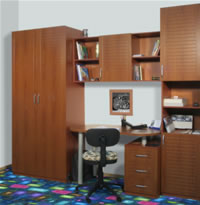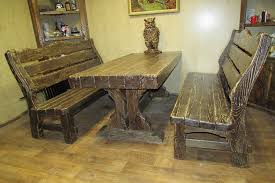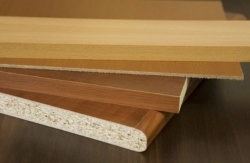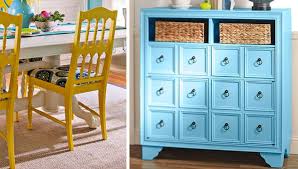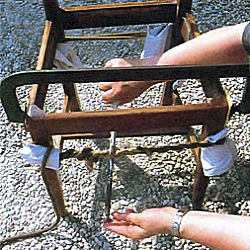bathroom
DIY Scratch Repair on Wooden Furniture: Proven Tools
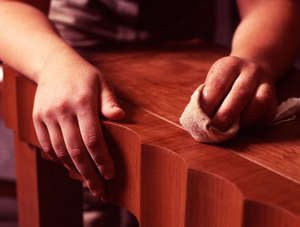 Scratches on wooden furniture inevitably appear during its operation. They spoil the appearance of the coating and contribute to the rapid wear of wood. Fortunately, most damage to a tree can be easily masked or repaired on its own. However, do not use folk methods – they can not only be useless, but also spoil the furniture! It is better to purchase specialized tools designed for working with wood. In this article we will look at popular tools for repairing wooden furniture, their advantages and disadvantages.
Scratches on wooden furniture inevitably appear during its operation. They spoil the appearance of the coating and contribute to the rapid wear of wood. Fortunately, most damage to a tree can be easily masked or repaired on its own. However, do not use folk methods – they can not only be useless, but also spoil the furniture! It is better to purchase specialized tools designed for working with wood. In this article we will look at popular tools for repairing wooden furniture, their advantages and disadvantages.
Furniture Wax
Furniture Wax – A proven tool for removing scratches from wooden surfaces. For small cracks, soft wax is best, and hard wax is suitable for deep damage. The composition, in its consistency resembling plasticine, is hammered into a scratch and perfectly levels the surface. Continue reading
Briefly about the stairs
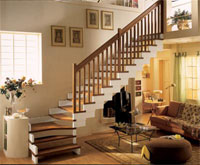 The staircase today is not only the connecting link between the two levels of the room, but also the decoration of the interior. And the overall success of the creative process, whether it is redevelopment of an apartment, construction of a new one or reconstruction of an old country house, depends on how competently we approach the issue of choosing a staircase.
The staircase today is not only the connecting link between the two levels of the room, but also the decoration of the interior. And the overall success of the creative process, whether it is redevelopment of an apartment, construction of a new one or reconstruction of an old country house, depends on how competently we approach the issue of choosing a staircase.
What calculations need to be done before designing the stairs, how to choose a place, type and material from which it will be made … You will learn about this and much more from our article
What should be the staircase? First of all – comfortable. Continue reading
Table history
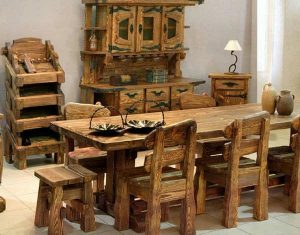 Ordinary table: a rectangular board on four legs from time immemorial served the person.
Ordinary table: a rectangular board on four legs from time immemorial served the person.
The simplest were the feasting tables – roughly knocked together boards set up on goats. Both princes and their squads and ordinary people feasted at such tables. I must say that in our time for large village weddings, which are celebrated in the courtyard in the summer and early autumn, they make the same banquet tables.
2 In miniatures of the Old Russian annals, Nestor, the chronicler, is depicted at the table for “knee writing.” These desks were not high, and their upper board was at the level of the writing knee. In addition, they were equipped with music stands. The parchment on which they wrote lay on its knees, and on the table itself there was everything necessary: inkwells, feathers, rulers, knives for cutting sheets and sharpening feathers.
Then tables appeared that looked like a chest: with low legs, with a lifting tabletop, under which there were many compartments and small drawers. Continue reading
